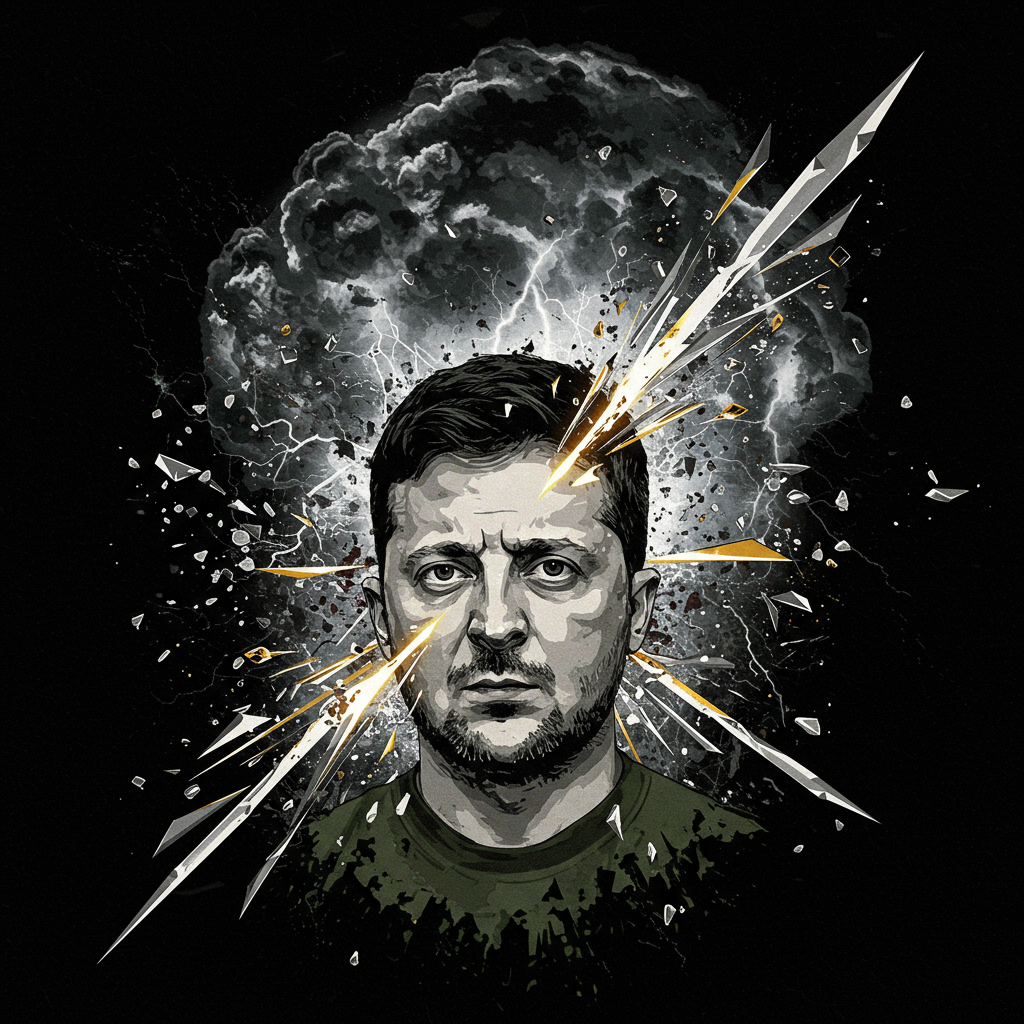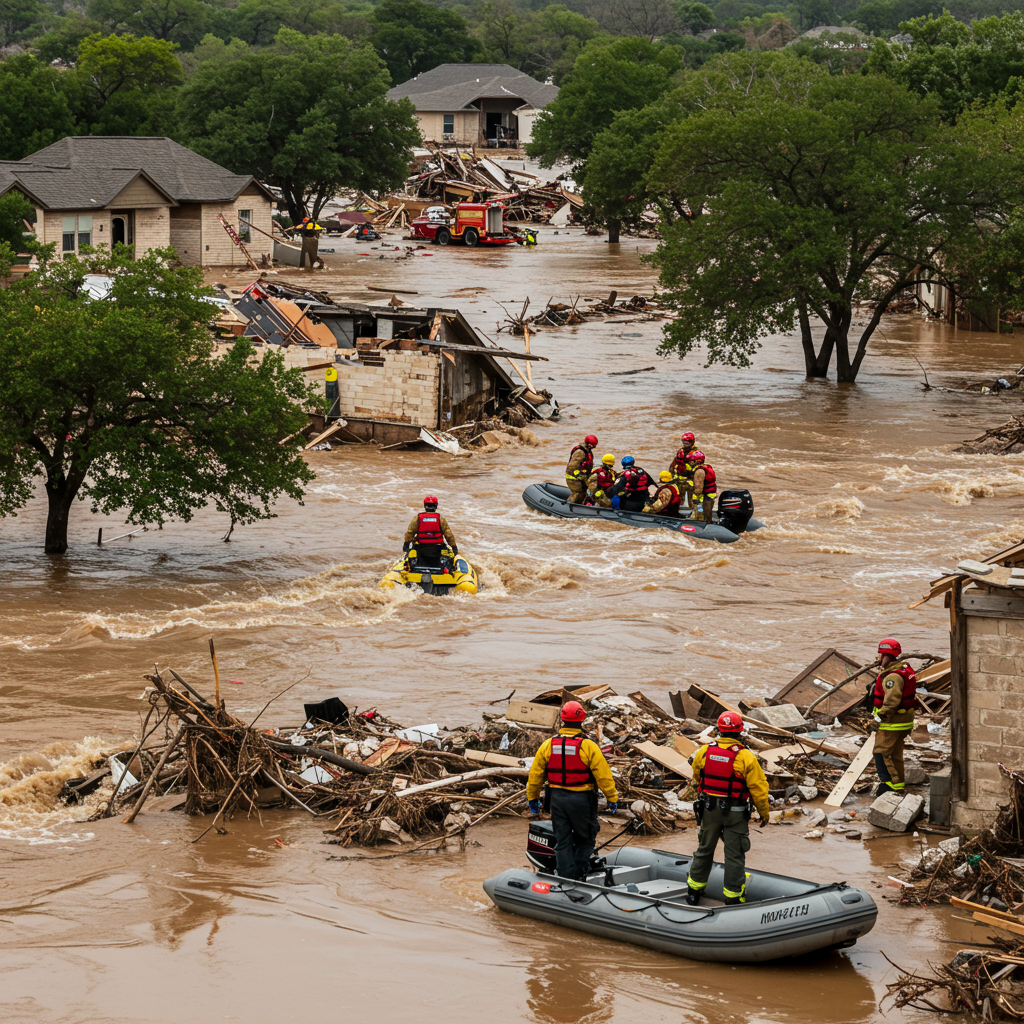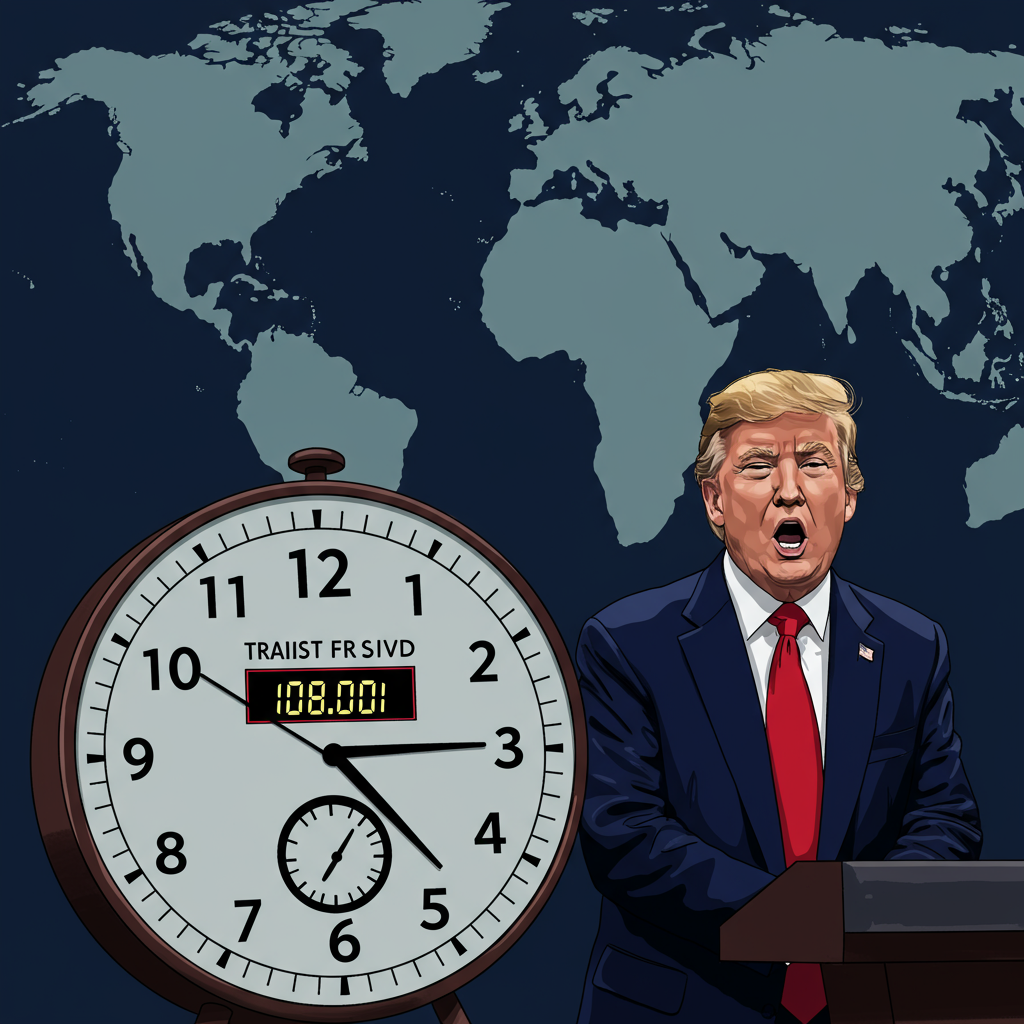Recent Russian missile attacks across Ukraine have resulted in at least four fatalities and widespread damage to critical energy infrastructure. This escalating campaign, marked by a barrage of drones and missiles, severely impacts civilian life and poses a dire threat as winter approaches. Ukrainian President Volodymyr Zelenskyy urgently calls for intensified global sanctions against Moscow’s energy sector, emphasizing the human cost of these sustained assaults. The ongoing conflict continues to reshape the geopolitical landscape, with peace talks stalled and nuclear rhetoric rising.
Immediate Impact: Civilian Casualties and Infrastructure Devastation
Overnight on November 8, 2025, Russia launched a significant aerial attack across central and eastern Ukraine. This brutal barrage comprised an estimated 503 projectiles, including 458 drones and 45 missiles. While Ukrainian air defenses successfully intercepted a remarkable 415 of these threats, 78 projectiles still reached their targets. These strikes hit 25 different locations across the nation. Ukrainian President Volodymyr Zelenskyy condemned the attacks, highlighting that targets consistently included “ordinary life, residential buildings, our energy system, and infrastructure.”
Devastation in Dnipro and Kharkiv
The city of Dnipro bore the brunt of the attacks. A drone directly struck a nine-story apartment building, killing three people and injuring 12, including two children, as they slept. Another 11 individuals were wounded in Dnipro, with three more injured in the wider Samarskyi district of the Dnipropetrovsk region. In the Kharkiv region, at least one person died in the village of Rokytne. Eight others suffered injuries in Kharkiv city’s suburbs. Additional casualties were reported in Chuhuiv (one injured) and Hrushivka (one injured).
Widespread Energy Infrastructure Damage
The attacks caused extensive damage to vital energy facilities across multiple regions. Kyiv, Poltava, and Kharkiv regions all experienced significant disruptions. Ukrainian Prime Minister Yulia Svyrydenko confirmed hits on “several major energy facilities.” Energy Minister Svitlana Grynchuk noted that authorities were forced to implement emergency power outages. Thermal power plants operated by Centrenergo, previously restored after similar attacks, were once again knocked offline. Naftogaz, Ukraine’s state energy firm, reported this marked the ninth large-scale assault on Ukraine’s gas infrastructure since early October. This pattern suggests a deliberate strategy by Russia to cripple essential services during the critical winter months. Many cities, including Kremenchuk and Horishni Plavni in the central Poltava region, resorted to generators to maintain water supplies. The mayor of Kharkiv confirmed the city was grappling with a substantial electricity shortage following the strikes.
Ukraine’s Resilient Response and International Appeals
In the wake of these devastating attacks, Ukrainian officials immediately mobilized to restore services. Energy companies worked tirelessly to repair damaged infrastructure and restore electricity, water, and heating. President Zelenskyy reiterated his urgent call for stronger international action.
Zelenskyy’s Call for Sanctions
President Zelenskyy demanded intensified sanctions against Russia’s energy sector. He stated, “For every Moscow strike on energy infrastructure – aimed at harming ordinary people before winter – there must be a sanctions response targeting all Russian energy, with no exceptions.” This appeal underscores Ukraine’s belief that targeting critical civilian infrastructure constitutes a war crime designed to weaponize winter against its population. He also called for increased military aid to bolster Ukraine’s defense capabilities.
Retaliatory Strikes and Military Claims
Ukraine also conducted its own retaliatory actions. Ukrainian drones struck an electricity substation in northern Russia. Separately, a drone strike in Russia’s Saratov region wounded two people and damaged a residential building. Russia’s Defense Ministry claimed its “massive strike” on Ukraine targeted weapons production and energy facilities. Moscow asserted these were retaliatory measures against “Ukraine’s terrorist attacks on civilian targets in Russia.” Concurrently, Russia claimed military gains in eastern Ukraine, including the capture of a village and advances near Pokrovsk and Myrnohrad.
The Broader Geopolitical Landscape
The recent escalation in attacks comes amid complex and faltering diplomatic efforts. The larger conflict, which began with Russia’s full-scale invasion in February 2022, represents Europe’s largest and deadliest war since World War II. Its repercussions extend far beyond the immediate frontlines.
Stalled Ceasefire Negotiations
Despite calls from the United States for a ceasefire, negotiations for a permanent truce have repeatedly stalled. A proposal made in October by former U.S. President Donald Trump suggested freezing existing frontlines to end the war. While President Zelenskyy showed openness to this idea for initiating talks, Russian Foreign Minister Sergei Lavrov rejected it. Lavrov emphasized that Moscow’s interest lay solely in achieving a “long-term, sustainable peace,” implying terms favorable to Russia. Anders Fogh Rasmussen, former NATO secretary general, warned that Ukraine faces a “forever war” and a slow erosion of territory without increased European pressure on Russia.
Escalating Nuclear Rhetoric
Adding another layer of global concern, nuclear rhetoric has escalated. Russian Foreign Minister Sergei Lavrov confirmed that work is underway on Vladimir Putin’s instruction to prepare proposals for a potential Russian nuclear test. This follows an unexpected announcement by Trump that the U.S. might resume its own atomic tests. NATO Secretary-General Mark Rutte, in response, announced plans to more forcefully emphasize the alliance’s nuclear capabilities as a deterrent. Rutte underscored that NATO’s nuclear arsenal serves as the “ultimate guarantee of our security,” cautioning that a nuclear war cannot be won.
Energy Diplomacy and Hungarian Waivers
Energy diplomacy also remains a contentious issue. Ukrainian President Zelenskyy vowed to “find a way to ensure there is no Russian oil in Europe.” This statement came after Hungary secured an exemption from recent U.S. sanctions targeting major Russian oil producers. Hungarian Foreign Minister Peter Szijjarto claimed an “indefinite exemption” for buying Russian oil and gas, crucial for Hungary’s energy security given its heavy reliance on Russian imports. Critics dispute Hungary’s claims of economic collapse without Russian oil, highlighting its unique position among EU states. This complex situation highlights the challenges of presenting a unified front against Russian aggression when national energy interests diverge.
Battle for Pokrovsk: A Critical Frontline
Intense fighting continues around the strategic city of Pokrovsk in eastern Ukraine. This area forms a critical part of the heavily fortified “fortress belt” in the Donetsk region. The outcome of this battle holds significant military and symbolic importance for both sides.
Strategic Importance and Russian Advance Claims
Pokrovsk, a city that once housed 60,000 people, is a vital logistics hub for Ukraine. It supplies goods to the Donetsk region, much of which Russia now controls. Russian President Putin claims his forces are nearing victory in the region, demanding Ukraine cede the Donbas as a prerequisite for peace. Russia’s Defense Ministry reported advances near Pokrovsk and Myrnohrad, suggesting an encirclement of these towns, as well as Kupiansk. The capture of Pokrovsk would allow Russia to advance deeper into Donetsk, potentially freeing up troops for other key cities like Sloviansk and Kramatorsk. It would also open a path towards the Dnipropetrovsk region. For the Kremlin, this would be a major propaganda victory, the most significant territorial gain since Avdiivka in February 2024.
Ukrainian Resilience Amidst Pressure
Kyiv has not confirmed all of Russia’s specific claims regarding encirclements. Ukrainian officials acknowledge the “difficult” situation in Pokrovsk but deny its full blockade. Fighting continues in all three contested locations. Ukrainian intelligence estimates “314 Russians inside the city itself,” indicating sustained ground combat. President Zelenskyy reported approximately 220 Russian assaults near Pokrovsk in the preceding three days. He views Russia’s determination to seize Pokrovsk as an attempt to demonstrate battlefield gains to the U.S. and to advance towards occupying the entire Donbas region. Despite the intense pressure, Ukrainian forces continue to resist, maintaining defensive lines and denying Russia swift, decisive victories.
The Human Cost and Winter’s Shadow
The recent attacks underscore the brutal reality faced by ordinary Ukrainians. Targeting energy infrastructure aims to inflict maximum suffering during the coldest months. Naftogaz accuses Russia of deliberately “targeting enterprises that provide Ukrainians with gas and heat,” aiming to incapacitate essential services. This strategy, often referred to as “weaponizing winter,” seeks to break civilian morale and undermine Ukraine’s resilience. The toll on human lives, both through direct casualties and the indirect hardships caused by disrupted services, remains immense.
The international community watches closely as Ukraine prepares for another harsh winter under siege. The persistent calls for more sanctions and military aid reflect a desperate need for stronger support. The future of the conflict, and indeed of European security, remains uncertain, dependent on the resolve of Ukraine and its allies against continued Russian aggression.
Frequently Asked Questions
What is Russia’s primary objective in targeting Ukraine’s energy infrastructure?
Russia’s primary objective in targeting Ukraine’s energy infrastructure is to “weaponize winter” and inflict maximum suffering on the civilian population. By crippling power grids, gas facilities, and heating systems, Russia aims to undermine civilian morale, create widespread hardship, and potentially force Ukraine into concessions. State energy firm Naftogaz reports nine attacks on gas facilities since October alone, indicating a deliberate strategy to disrupt essential services during the cold months, placing immense pressure on ordinary Ukrainians and their government. This tactic also serves to destabilize the country economically and socially.
Which Ukrainian regions were most severely affected by the recent Russian missile attacks?
The recent Russian missile attacks on November 8, 2025, most severely affected the Dnipropetrovsk, Kharkiv, Poltava, and Kyiv regions. In Dnipro, a drone struck an apartment building, killing three and injuring 12, including children. The Kharkiv region saw one fatality in Rokytne and multiple injuries in Kharkiv city suburbs. Energy infrastructure sustained extensive damage in Kyiv, Poltava, and Kharkiv, leading to emergency power outages. Cities like Kremenchuk and Horishni Plavni in Poltava resorted to generators for water supply, highlighting the widespread disruption to essential services across these key central and eastern regions.
How are international bodies responding to Ukraine’s calls for more sanctions against Russian energy?
Ukraine, led by President Zelenskyy, has urgently called for intensified sanctions targeting all Russian energy without exception, linking every strike on Ukrainian infrastructure to a necessary sanctions response. While many international bodies and countries, including the U.S. and EU, have implemented significant sanctions against Russia’s energy sector since 2022, a unified stance faces challenges. For instance, Hungary recently secured an exemption from new U.S. sanctions on Russian oil and gas. This highlights the complex interplay of national energy interests versus a collective response, demonstrating that while broad support exists, the implementation of “no exceptions” sanctions remains a contentious diplomatic hurdle for Ukraine’s allies.



